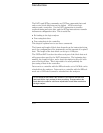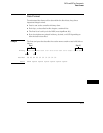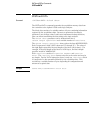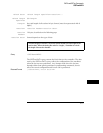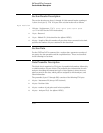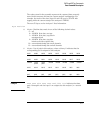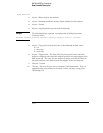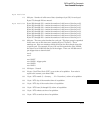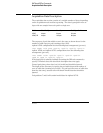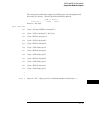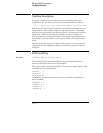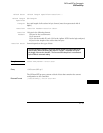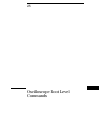
Acquisition Data Description
The acquisition data section consists of a variable number of bytes depending
on the acquisition mode and the tag setting. The data is grouped in rows of
bytes with one sample from each pod in a single row.
Model Clock Pod Bytes Data Bytes Total Bytes Per Row
1672G 4 bytes 8 bytes 12 bytes
1670G,71E 4 bytes 16 bytes 20 bytes
The sequence of pod data within a row is the same as shown above for the
number of valid rows per pod (starting at byte 229).
Agilent 1672G configuration has the following data arrangement (per row):
<not used> <clk pod> <pod 4> <pod 3> <pod 2> <pod 1>
Agilent 1670G and Agilent 1671G configurations have the following data
arrangement (per row):
<not used> <clk> <pod 8> <pod 7> <pod 6> <pod 5>
<pod 4> <pod 3> <pod 2> <pod 1>
If the data block is unloaded without first using the DBLock command to
specify UNPacked data, this data block description does not apply.
Unused pods always have data, but it is invalid and should be ignored.
The depth of the data array is equal to the pod with the greatest number of
rows of valid data (starting at byte 229). If a pod has fewer rows of valid data
than the data array, unused rows will contain invalid data that should be
ignored.
Pod positions 7 and 8 will contain invalid data for Agilent 1671G.
DATA and SETup Commands
Acquisition Data Description
27–10



